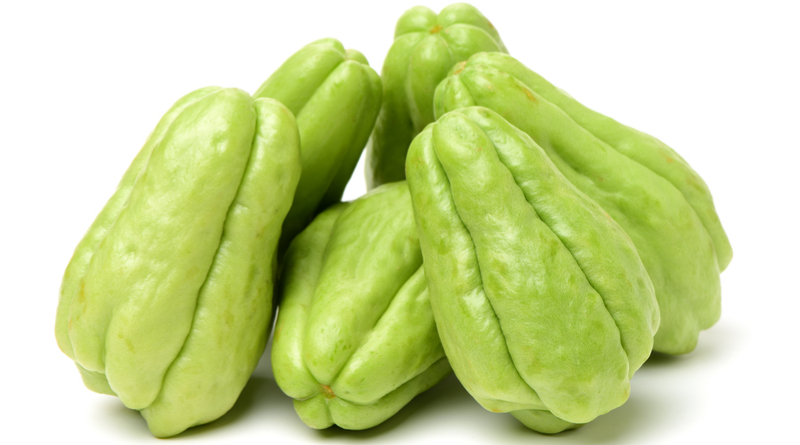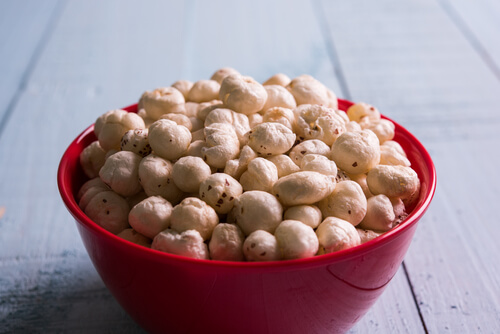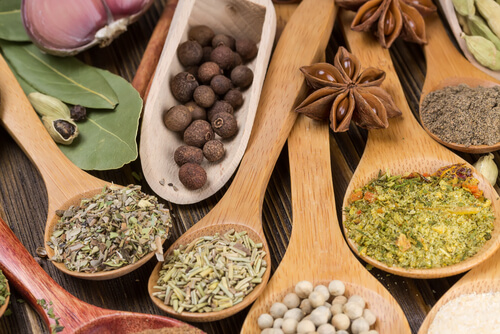Chayotes are a rather uncommon vegetable that is a member of the gourd family, native to Indonesia. It is pretty tasty, and is often served peeled and sliced. It is also heavily featured in many different dishes. It has a generally good health profile, and has many of the vitamins and minerals you expect to find in a good vegetable. But recent research has found a correlation between eating chayote can help to prevent and fight lentigo maligna melanoma, a type of skin cancer. This is primarily because chayote has a prodigious number of flavonoids and saponin compound, cancer fighting antioxidants.
What Is Lentigo maligna melanoma
Lentigo maligna melanoma is an invasive type of skin cancer that develops from Hutchinson’s melanotic freckle or lentigo maligna. It often grows on the outer surface layer of the epidermis, but it originally begins developing below the skin’s surface. It grows slowly and is normally rather harmless, but it does have the ability to spread aggressively. Lentigo maligna melanoma can develop for a variety of factors:
- Having a family history of skin cancer
- Being male
- Being a senior citizen
- Having fair or lighter skin
- Possessing a history of skin spots (noncancerous or precancerous)
- Overt sun exposure
How Chayotes Treats Cancer
Chayotes are rich in saponin and flavonoids, two antioxidants. They have the power to fight and kill free radicals that cause cancer. The flavonoids are available in the flesh and the skin of chayotes. So, you can get this veggie’s fantastic cancer fighting properties no matter how you eat it – peel it or eat it whole like an apple. It is really up to you. If you’re low on ideas, try make sautéed chayote with sweet onions and bacon.








